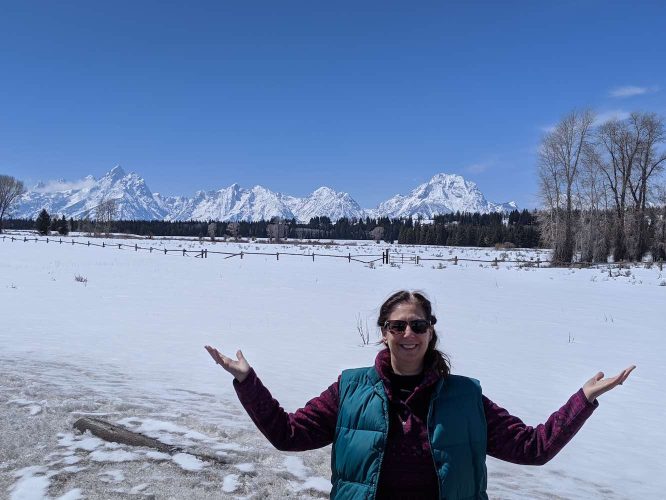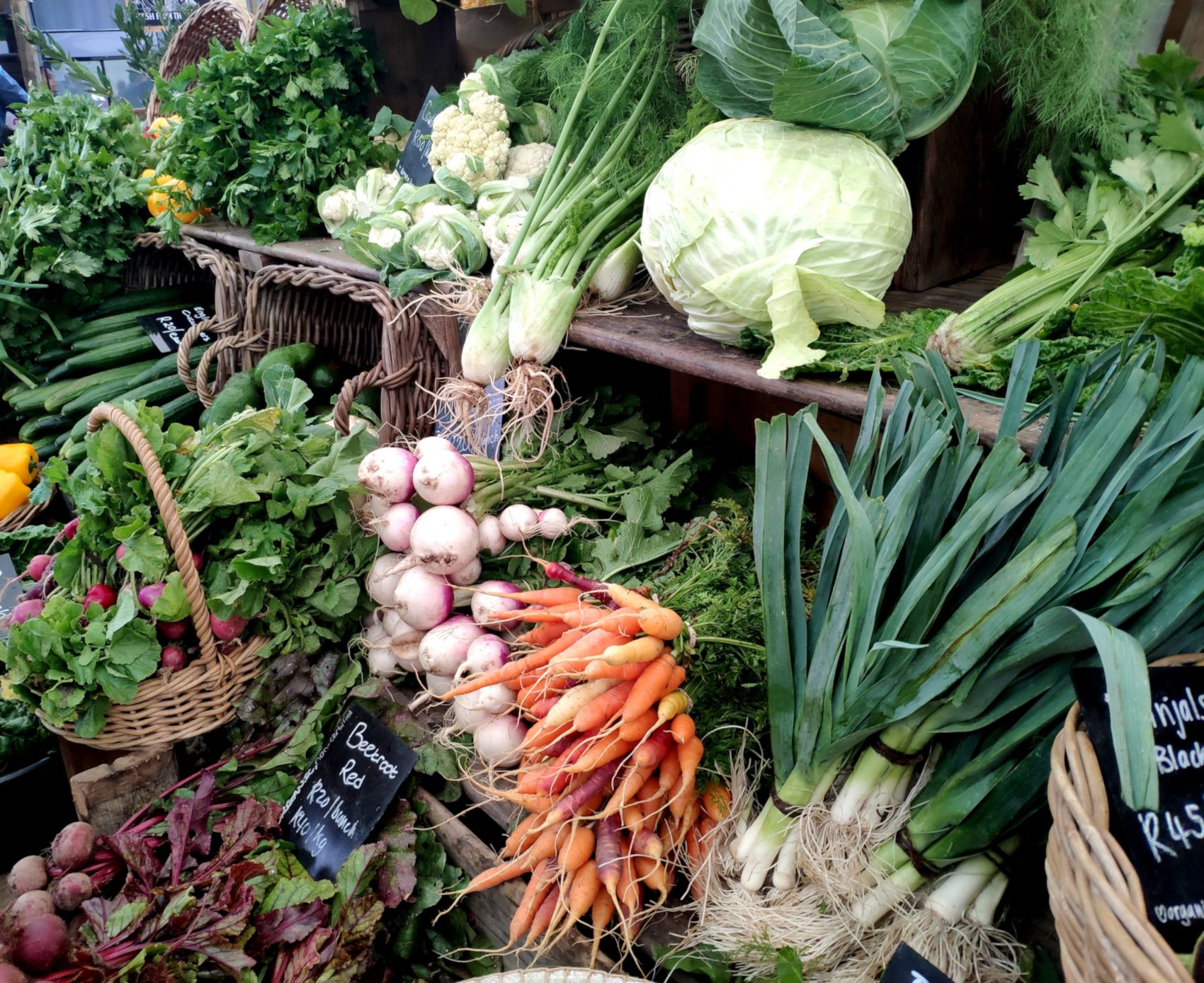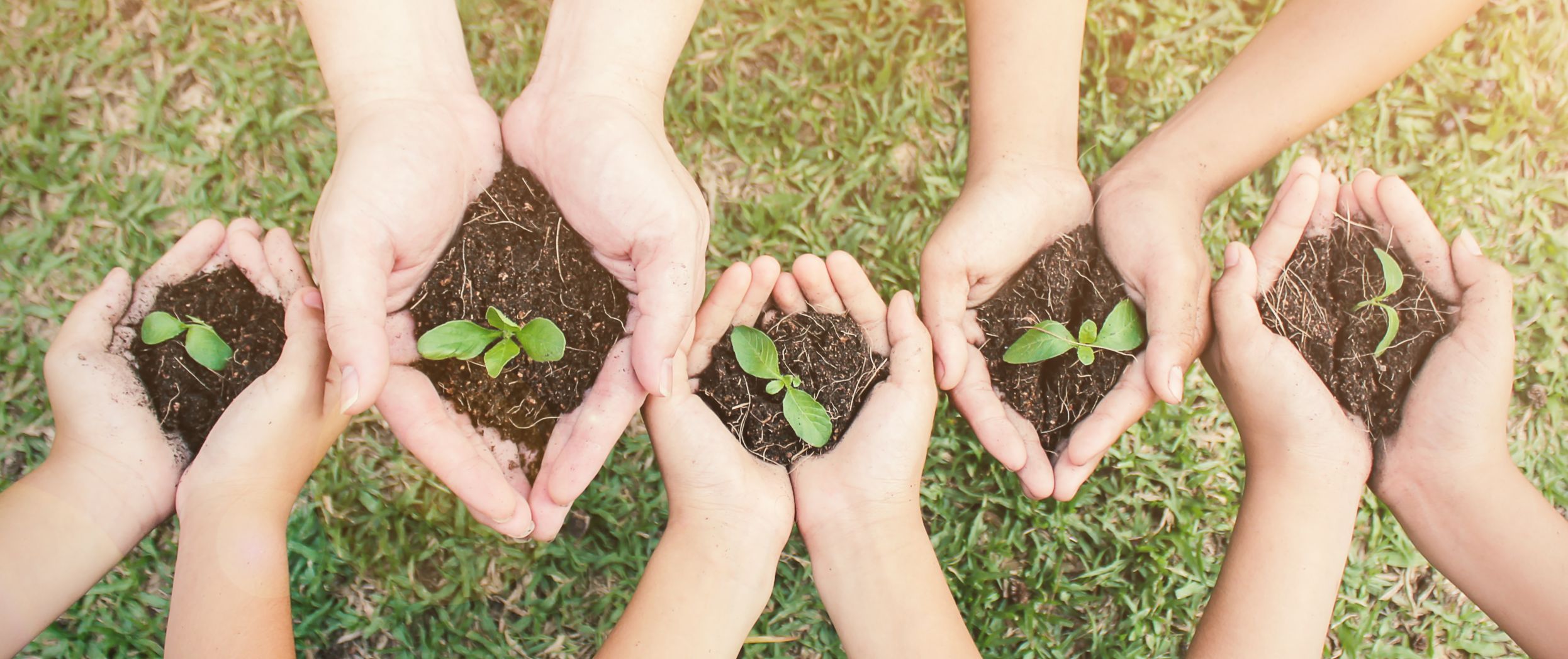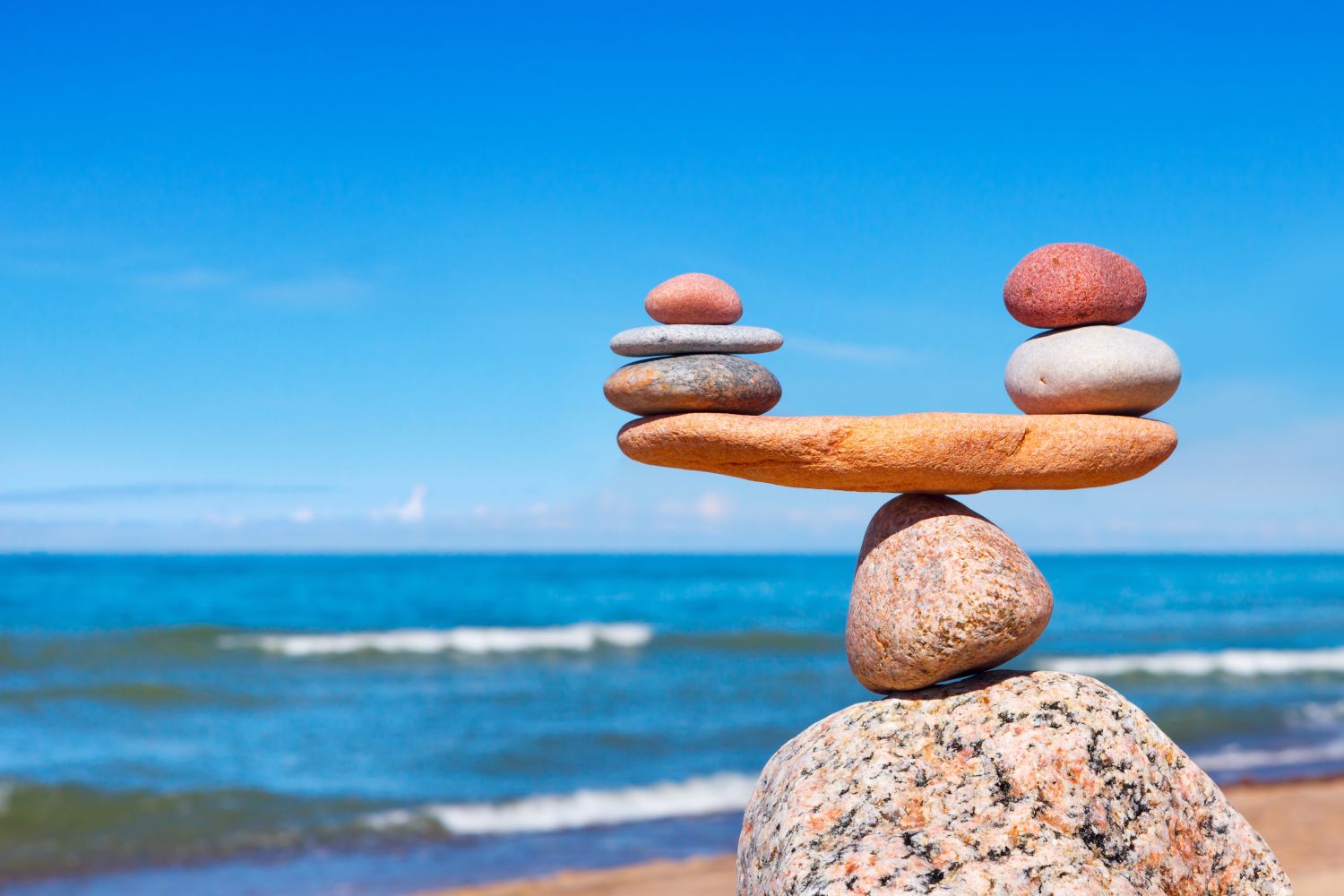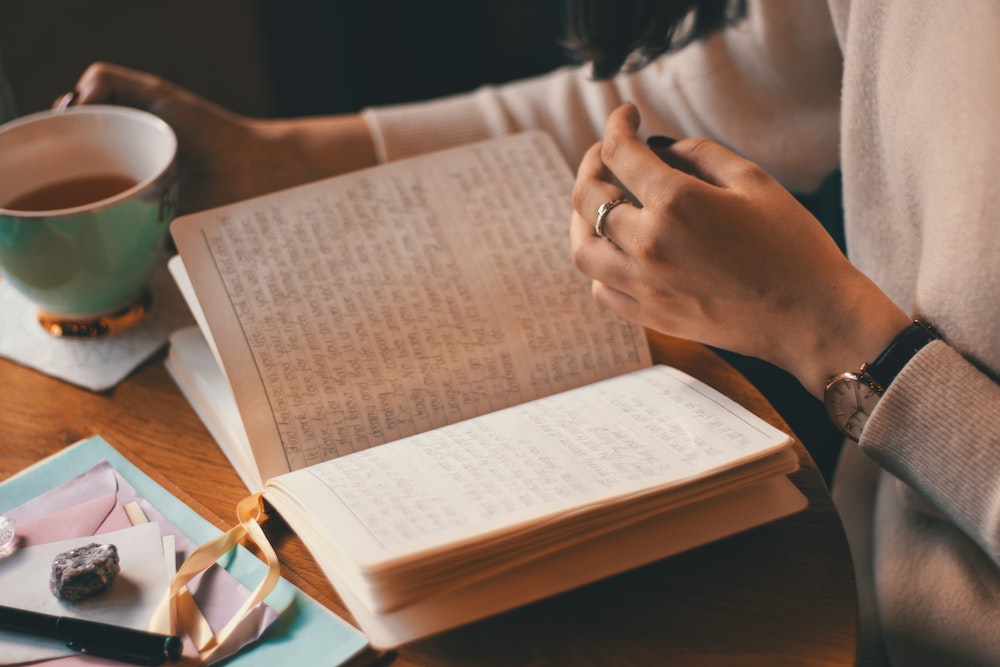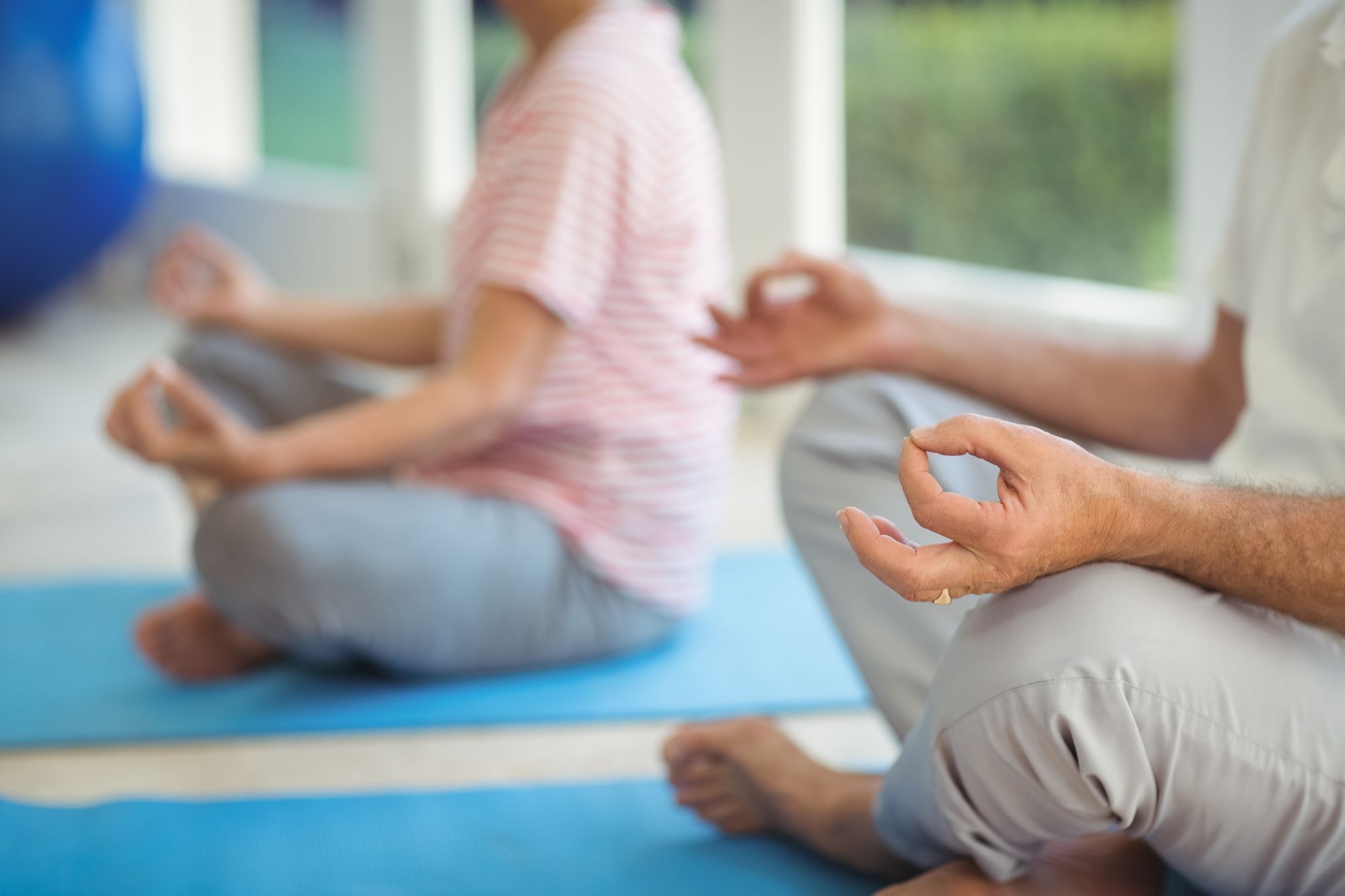At the moment, in our global crisis in the midst of the COVID-19 pandemic, most people are staying close to home, forgoing any travel. I have had the unique experience of having spent six nights in different hotels since March, when both my county and then state declared stay-at-home orders. We stayed in two different hotels in mid-March, two different ones in mid-May, and then one in early July.
At the onset of the COVID crisis, as shelter-in-place orders were being discussed, we decided to drive to Jackson, Wyoming, where our son and daughter-in-law live. Within 24 hours of the first shelter-in-place order, we loaded up our car and drove east. After eight weeks there, as spring was finally beginning in western Wyoming, we made the drive home.
Early on, I had read an article by a reporter who shared that he and his wife had different comfort levels with regards to risk-taking and so the decisions they were making about travel, going out, shopping for groceries, etc. each involved lots of discussion and debate. I kept that in mind as my husband and I navigated our decision making about our road trip to, and eventually home from, Wyoming. He was more worried about finding open hotels, while I was worried about finding places on the way for pit stops. On both trips, we were both pleasantly surprised at how (mostly) easy both experiences were.
For both trips, I had a separate bag packed with wipes, masks, and gloves, easily accessible in the car. We used the masks and gloves any time we got out of the car for any reason. For both trips, I was also able to pack our cooler with snacks for a picnic the first night on the road. We also listened to two wonderful books: A Long Petal of the Sea by Isabel Allende on the way there and Homegoing by Yaa Gyasi on the way home. (I highly recommend both!)
Our strategy for both road trips was to stop at Target for both pit stops and caffeine, thanks to the in-store Starbucks franchises. That worked for the trip there (in March) and back home (in May). For the other parts of the trips, we found local grocery stores – many of the small towns didn’t have chain stores at all – along the way. I was constantly worried about how welcome we would be at those stores with our California license plates and unfamiliar faces but was pleasantly surprised each time. (Note: Most gas stations, even the gross ones, are not allowing any customers to use their restrooms, which was okay with me.)
Thanks to the internet, we were able to find open hotels for both trips and made reservations the night before rolling into each town where we wanted to stay. We were told by each hotel that no one had been in the rooms the night before we arrived, and that was a relief. Our first hotel on the road was in Reno and limiting the number of guests, which was also a relief. It was our second night that was the most nerve-wracking. That night, we stayed at a Hilton Garden Inn in Twin Falls, Idaho, where there were far too many people hanging out in the lobby and in the local store parking lots for my comfort level. Even though it was the early days in California, it had already started to feel weird to see so many cars on the roads and so many people in the stores.
We ended up spending eight weeks in Jackson before driving home. This was about two longer than my husband wanted, but I was nervous about getting back on the road. It was glorious to be in the part of the country where the scenery is beautiful, the wildlife abundant, and less people around. We felt safe.
We took a different route home, as the various states between Wyoming and California had differing levels of openness. For this trip, we stayed in Salt Lake City the first night and Reno on the second night. Once again, we had food packed for snacks and picnics, and found restaurants serving take-out along the way. There were a few restaurants with dine-in service in Utah and Nevada, but we were both uncomfortable with that. Since both Salt Lake and Reno had just reopened, we felt reassured when we once again learned that we were the first people in both hotel rooms. By mid-May, hotels, stores, and restaurants had installed plexiglass barriers and taken other safety protocols. The hotel in Salt Lake even boasted that it was using UV lights to clean their rooms. Both Salt Lake and Reno were deserted, which felt fine in Salt Lake but creepy in Reno (or maybe that is my bias against Reno showing).
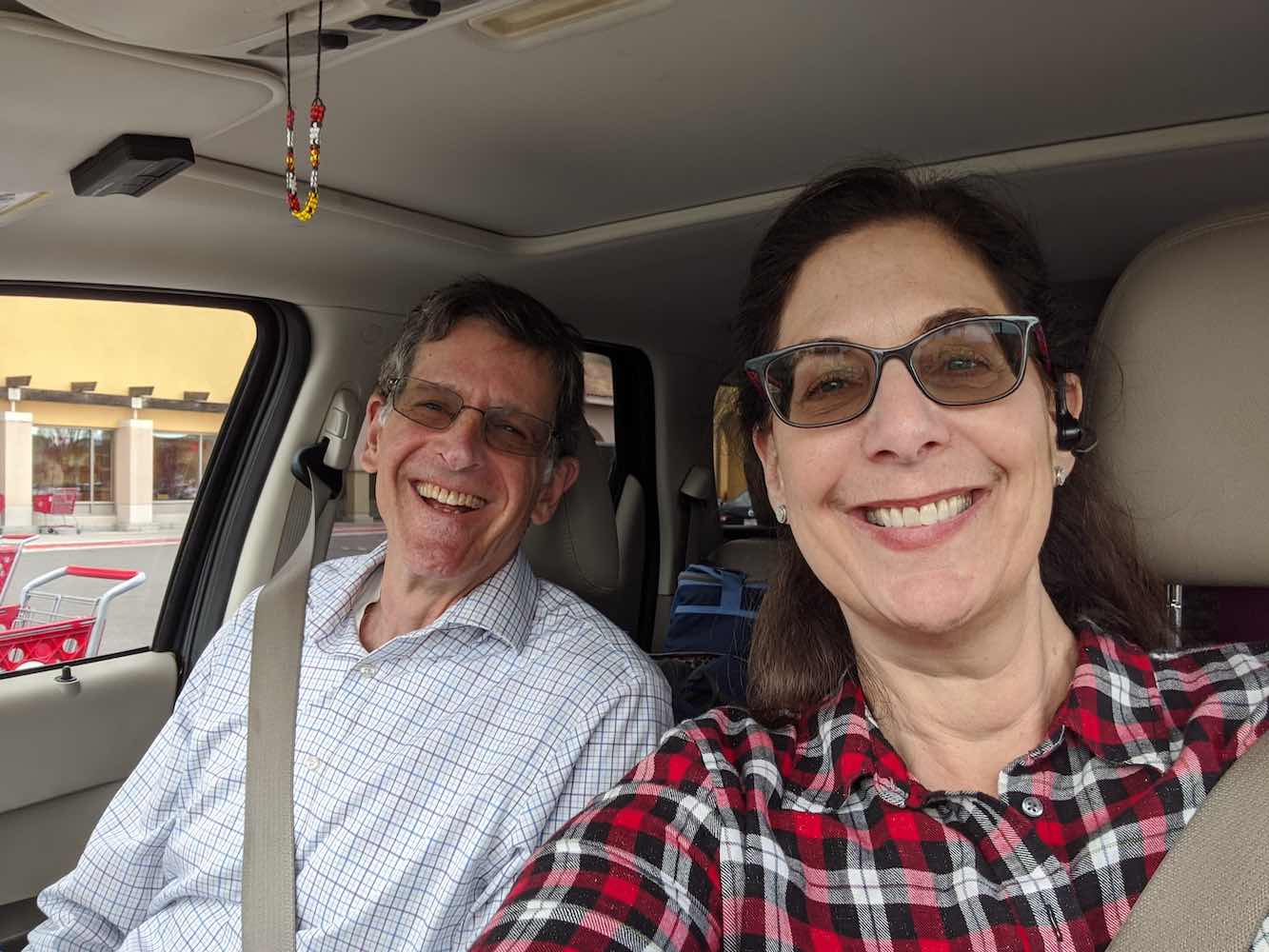
One of the few cities we felt uncomfortable in on our trip home was Logan, Utah, where we ended up after driving south from Jackson, along one of the most scenic routes through the Logan Canyon. When we were there for a pitstop and a caffeine break, we were amazed to see the streets and parking lots full to capacity. It was overwhelming to see so many people, much less to see so many without masks. We headed out of town as fast as we could. Since our trip home, I have since learned that both places where we felt most uncomfortable – Twin Falls and Logan – have become hot spots for the virus in their states.
Our most recent hotel stay was spent locally in a hotel in Los Gatos, California for two nights, when we had some work done on our home. It was once again assuring to know that no one had stayed in our room the night before we checked in and to see how few people were there during our stay. The hotel lobby furniture had been removed, and they were asking all guests to wear masks and adhere to social distancing, which we did. They were not providing any services in the rooms, but if more or fresh towels were needed, they were provided by mask and glove-wearing personnel. We got some take-out for one meal and ate outside at a local restaurant, where tables were more than six feet apart for another. It felt almost routine but not quite, as I think life going forward will be for most of us.
Since returning home to the Bay Area, we have adjusted to the new normal due to the pandemic and racial-injustice protests. We know that some will find our trip to and from Jackson and our stay at a local hotel risky. There are some activities that we do that some of our friends wouldn’t, just as there are activities other friends of ours are doing that make us uncomfortable. But we have found our equilibrium in what we do to take care of ourselves and not to spread the virus to others. We wear our masks and use gloves when interacting with others. We support local businesses when possible. Like most people we know, we are sticking close to home, living our lives, and interacting with others mostly online. I am still teaching my classes on Zoom and plan to for at least the rest of the year. I am also taking two different classes: a seven-week meditation class and an on-going weekly writing workshop. Life feels different, somewhat smaller without all of the usual running around, but we don’t feel as if we are missing out on anything. We are blessed to be financially secure and to know that those we love are safe and healthy.

